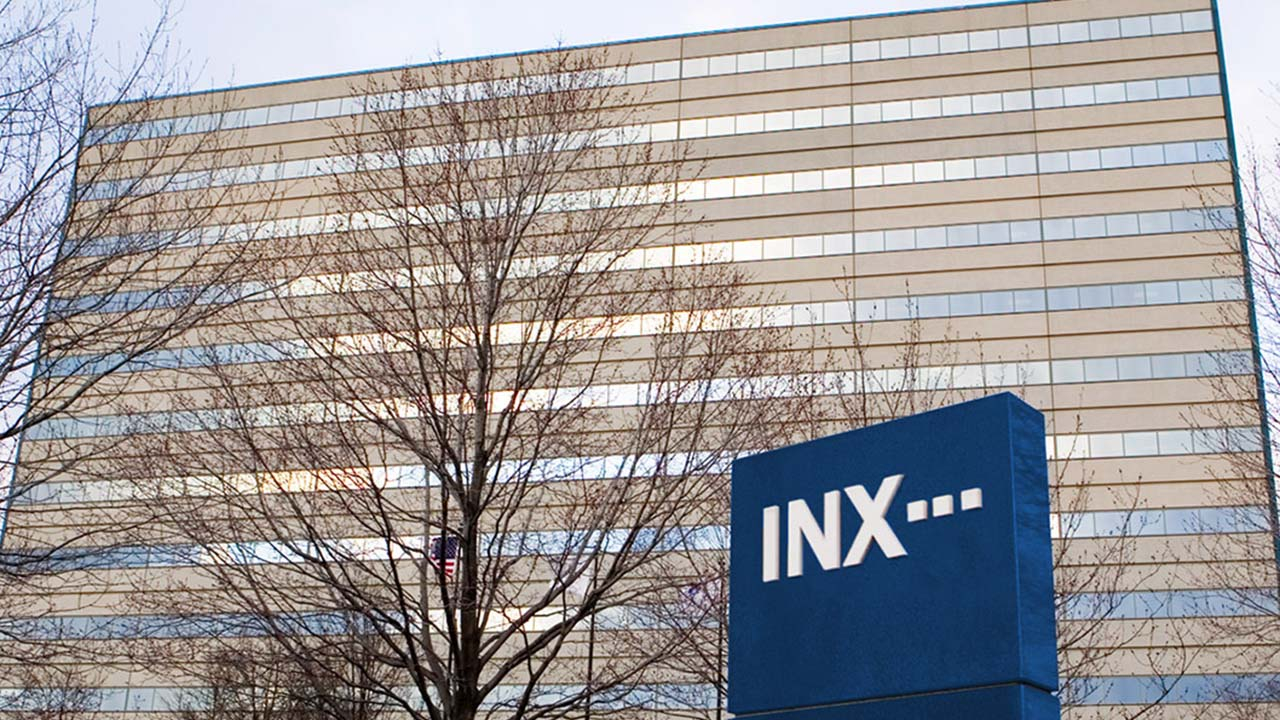Cost drivers

Raw materials prices will continue to rise through 2012 driving increased ink costs for label converters, warns Jan Paul van der Velde, senior vice president of procurement, Flint Group
There is a misplaced view that raw material costs for the graphic art industry are coming down. After more than one and a half years of costs constantly increasing, people have clearly been looking for good news and as we saw prices generally stabilize in Q4 2011, it seemed things were actually improving. On an almost daily basis, people were hearing about the economic crisis and assumed that these difficult times would contribute to raw material costs going down.
In reality, with the exception of gum rosin – which dropped slightly in Q4 and Q1 but is now already on the way back up – hardly any materials dropped significantly in price. Most materials actually stabilized at high levels or with very minor reductions but, when compared to the increases we have seen, they are still at near record levels. Overall costs for the ink industry will be higher in 2012 than they were in 2011, which had itself been a record high year.
Crude oil prices in 2011 were on average higher than in 2008 – when we all spoke about the crude oil crisis. Already, 2012 prices have crept almost silently past 2011 figures. Crude is the single largest cost driver for the ink industry with many materials linked to this, such as mineral oils, hydrocarbon resins, carbon black and solvents, as well as many other chemicals indirectly linked to crude.
It is also a good example of how raw materials have resisted the current economic conditions to remain at record high prices. Demand and speculation have driven prices, and unfortunately the tension in the Middle East has also been reflected in the costs of many of our own base chemicals such as benzene, toluene, styrene, propylene etc.
Crude oil costing has had a significant knock on effect and is a good example of the challenges for ink producers. Many of them introduced hybrids – based on a combination of phenolic and hydrocarbon resins – in 2011, due to the high costs of phenolic resins. However, crude increases meant this cost effective alternative is no longer there.
Unfortunately I believe we are running out of alternatives to protect our customers fully for the inevitable; costs will continue to rise in the next few years due to increasing raw material costs caused by increased global shortages and the better cost/price management of the chemical giants. Further speculation on major commodities will only further serve to compound the negative price effect.
The ink industry is somewhat dependant on materials coming from China. If you produce pigments – in China, India, Europe or the US – many of the intermediates are only available from China. China also holds the key for the costs for key intermediates for UV and other specialty materials. A further 70 percent of the world production of gum rosin has a Chinese origin. With the strength of the Chinese currency (Yuan) versus the US dollar and the ongoing five percent revaluation annually, pigments and all other Chinese origin materials will continue to increase in cost. Add to that the increased costs of the environment in China and India, the container transport costs – and for those based in Europe the weakness of the euro – and you already have quite a difficult cost scenario.
Specific materials also have their own issues. Yellow pigments are expected to increase sharply in price in Q2, driven by the sharp increases of benzene in China. Blue pigments are under pressure due to copper and PA. The story of TiO2 is even more frightening, with all producers announcing major price increases for the sixth quarter in a row. Due to the increases in styrene and propylene costs we will also see water-based and UV resin prices increase.
What surprises me is that the graphic arts industry seems to deny the facts. Of course nobody likes to talk about cost increases, but the customer has the right to know. We understand that our customers commit themselves to forward contracts with their customers based on their knowledge of cost developments. Flint Group has been a leader in sharing information with our customers about issues affecting the worldwide supply of critical raw materials.
This article was published in L&L issue 2, 2012
Stay up to date
Subscribe to the free Label News newsletter and receive the latest content every week. We'll never share your email address.

